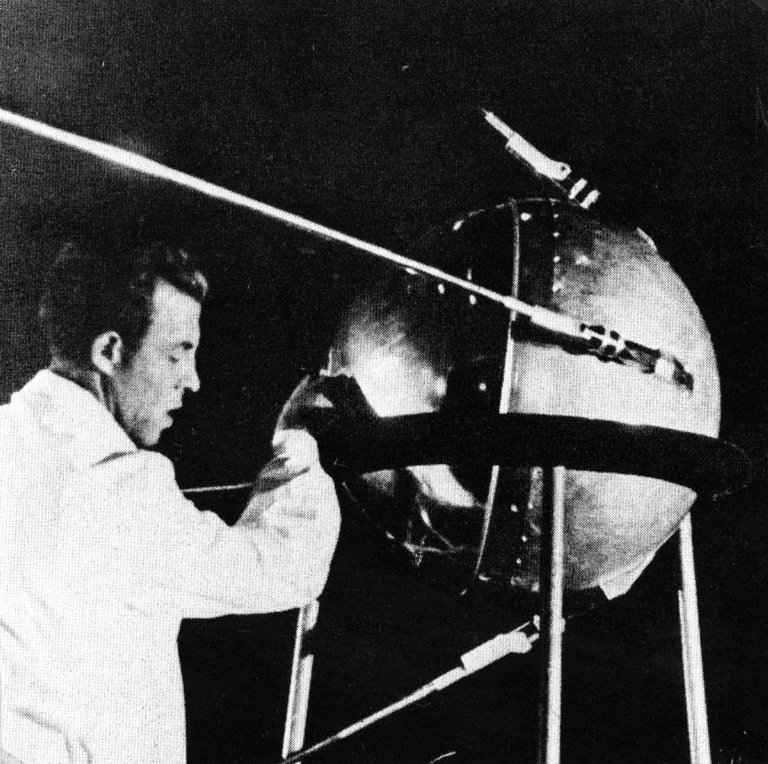
A rocket carrying NASA's latest high-tech relay satellite streaks into orbit from a launch pad in Florida in an amazing image captured by a space agency photographer.
Photographer Tony Gray took this long-exposure photograph of an unmanned United Launch Alliance Atlas 5 rocket hurtling NASA's newest Tracking and Data Relay Satellite, called the TDRS-L, into orbit on Jan. 23 from a pad at Cape Canaveral Air Force Station in Florida. The light from the rocket engines illuminated a beach restoration site filled with construction vehicles.
The TDRS-L satellite is the second of three new satellites designed to keep NASA's operations going by extending the lifespan of the Tracking and Data Relay Satellite System (TDRSS), a fleet of eight satellites in geosynchronous orbit. The spacecraft provide tracking, telemetry, command and high bandwidth data return services for numerous science and human exploration missions orbiting Earth, including NASA's Hubble Space Telescope and the International Space Station.
TDRS-L utilizes a high-performance solar panel designed to provide more power to meet growing S-band communications requirements. TDRSS makes up one of NASA's Space Communication and Navigation’s SCaN three networks providing space communications for the U.S. space agency's missions.
The first of the third-generation satellites, TDRS-K, launched on Jan. 30, 2013, and TDRS fleet accepted it in mid-August. NASA plans to launch TDRS-M in 2015.
Follow us @Spacedotcom, Facebook or Google+. Originally published on Space.com.

Get the Space.com Newsletter
Breaking space news, the latest updates on rocket launches, skywatching events and more!
Join our Space Forums to keep talking space on the latest missions, night sky and more! And if you have a news tip, correction or comment, let us know at: community@space.com.










